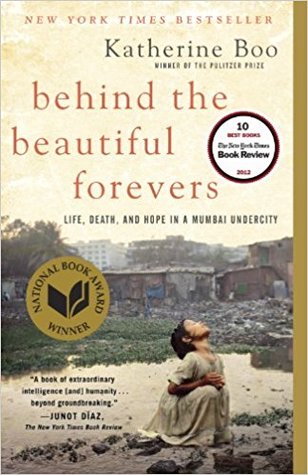True, only six of the slum’s three thousand residents had permanent jobs. (The rest, like 85 percent of Indian workers, were part of the informal, unorganized economy.) True, a few residents trapped rats and frogs and fried them for dinner. A few ate the scrub grass at the sewage lake’s edge. And these individuals, miserable souls, thereby made an inestimable contribution to their neighbors. They gave those slumdwellers who didn’t fry rats and eat weeds, like Abdul, a felt sense of their upward mobility.
Welcome back. Just a moment while we sign you in to your Goodreads account.


